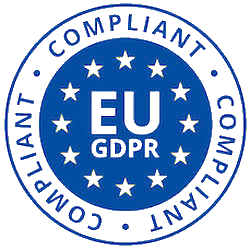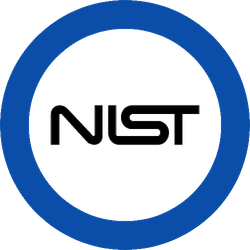Biometrics and KYC Face Verification have become an essential part of our lives. Going beyond the realm of identity, it has become a problem of identification – it is necessary for both businesses and customers to authenticate a person’s claim of who they are. With a majority of business transactions taking place online, it is paramount that all businesses use a powerful OCR scanner app that encompasses all the facets required by a user authentication software – including AML verifications, passport scanners, etc. – and to do it seamlessly so that the user does not get frustrated, or feel like their personal details are being accessed.
Why Shift from Traditional Authentication Methods to KYC Face Verification?
- Unfortunately, technology inevitably has the tendency to be misused – account takeover fraud and identity theft are all the more prevalent and are at times made easier because of digital user authentication, which is why companies who develop OCR and biometric tech are always trying to update and fortify themselves against potential hackers. Often these updates require additional time taken from the user, which may lead to customer dissatisfaction, but it comes with the benefit of extra security – businesses are therefore looking for services that offer swift and secure authentications, and traditional verification like username/password, SMS confirmations, and even phone-service OTPs are sadly becoming unreliable.
- To go beyond knowledge or token-based verification that can be easily interfered with, companies have turned to biometric technology that compares biometric data captured from the user at present to the information that they have stored and confirmed in a database. These are usually information that have some degree of corporeal integrity – implying that these are physical features of a human being that are not affected by age or external factors – such as fingerprints, iris patterns, speech patterns, and facial structure. Two sets of data – the one input by the user, which is converted into a 3D Face Map – and the one they have already collected, analyzed, and prepared for authentication are juxtaposed and checked for any differences. Once these matches, it is understood that the person is who they claim they are.
- The reliability of this process is why more businesses are shifting from traditional verification to biometric authentication – it helps online traders to confirm the users who log in regularly, especially for high-risk transactions that are of great value, and to have a record of whoever committed fraud if such a case arises. The identity assurance is also, in some ways, a guarantee for both the business and the customer that their transaction occurs in a secure manner without any malpractice. Permeating into everyday tech, we can also see face recognition incorporated into phones – Apple’s Face ID being the perfect example.
What to look for in a Digital KYC Service?
When going for real-time ID Verification, you should choose a service provider that has been tested and tried by other companies and one that stays up to date and protected against possible fraud. Accurascan provides seamless ID verification so that you can accurately identify your real customers. Equipped with an ID Scanner, passport scanner, and a fully functional ID card reader, it also enables AML verification and MRZ reader support. Speed up and secure your transactions so that you meet world-data privacy standards while ensuring that your users are delivered exceptional service.
Accurascan provides you with unbeatable protection with the following services:
- Reliable OCR that can accurately scan and read user data from Passport, Visa, ID Card, Driver’s License
- Face recognition software that allows you to compare, match and ensure someone’s identity.
- Live user authentication through the customer’s selfie
Accurascan is unparalleled in offering the image technology for user onboard authentication. Register now!


























